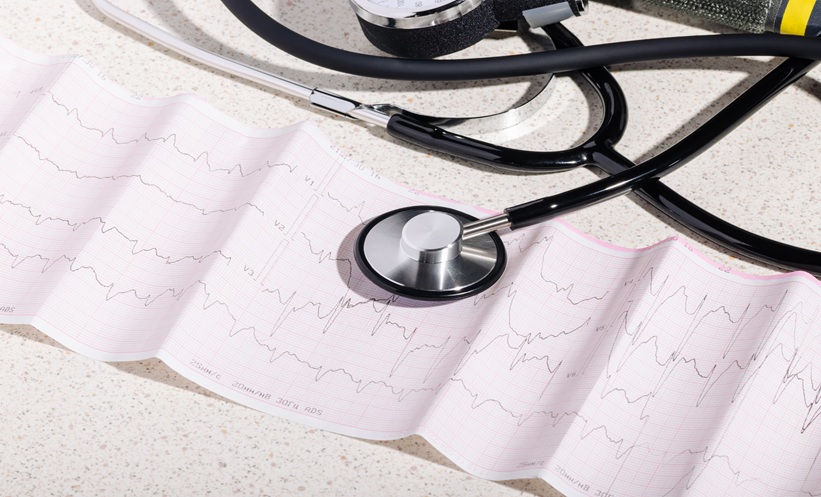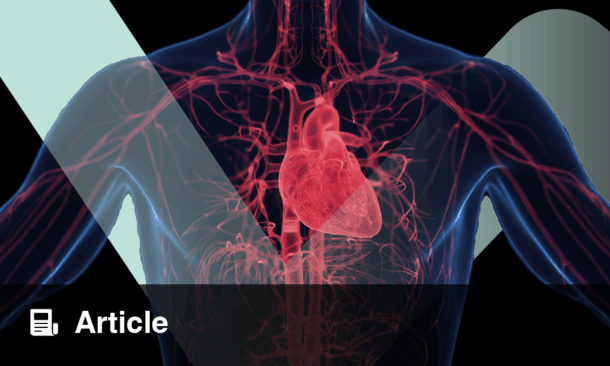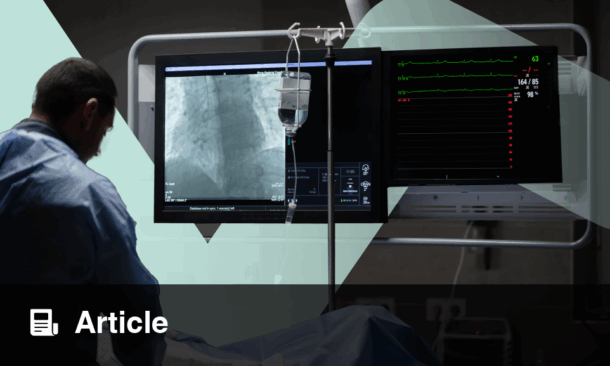BACKGROUND AND AIMS
The characteristics of combat trauma to blood vessels include deep and widespread damage to the vascular wall, often extending beyond the visible boundaries of the damage, which differs significantly from domestic trauma or defects due to disease.
The aim of this study was to analyse and evaluate approaches to endovascular treatment of post-traumatic pseudoaneurysms and arteriovenous fistulas in patients with mine-explosive injuries.1
MATERIALS AND METHODS
The study consisted of 12 male patients with a mean age of 38.3±5.3 years. Seven participants (58.3%) were found to have pseudoaneurysms, while the other five (41.6%) had arteriovenous fistulas of various localisations. Of the patients, two (16.6%) had an aortic injury (pseudoaneurysm in the first and aortocaval fistula in the second), three (25%) had an hepatic artery pseudoaneurysm, one (8.3%) had a common carotid artery pseudoaneurysm, one (8.3%) had a radial artery pseudoaneurysm, two (16.6%) had deep femoral artery arteriovenous fistulas, two (16.6%) had superficial femoral artery arteriovenous fistulas, and one (8.3%) had a peroneal artery arteriovenous fistula. Other comorbidities included septic conditions, rib fractures, tissue defects, and nerve damage.
Clinical manifestations were characterised by unstable haemodynamics, malperfusion syndrome, compression of surrounding tissues, and symptoms of blood flow stealing.
RESULTS
Seven patients (58.3%) had implanted stent-grafts; in two cases, stent-grafts were implanted in the abdominal aorta. In five cases, stent-grafts were used for pseudoaneurysms of the hepatic, carotid, and lower limb arteries. Five patients (41.6%) underwent selective embolisation with coils. The intervention sites included hepatic artery branches, the deep femoral artery, and the radial artery. One patient underwent simultaneous embolisation and stent-graft implantation. The technical success of the intervention was 100%, without complications in any case. Regression of clinical symptoms was noted in all patients after the intervention.
CONCLUSION
Combat trauma is characterised by extensive, widespread damage to the vascular wall, which significantly complicates traditional surgical correction. Endovascular treatment is a highly effective method of treating post-traumatic pseudoaneurysms and arteriovenous fistulas in patients with mine-explosive trauma. However, the long-term results of this approach are not yet entirely clear.







